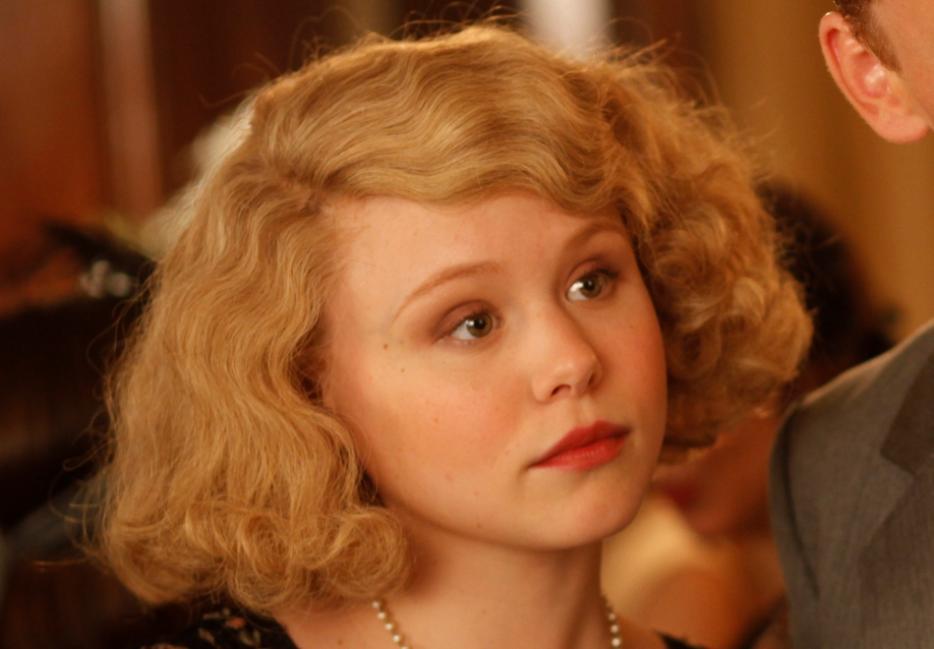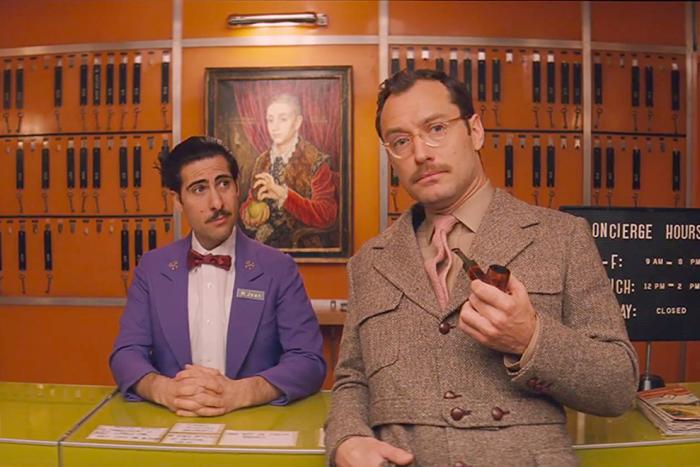You can tell a lot about a person by their tell-all confessional essay.
F. Scott Fitzgerald wrote several of them—the Crack-Up essays, published in three parts in Esquire magazine in 1936, were an account of his own breakdown. They were as intimate as they were artfully polished, threaded with lines like, “I saw that for a long time I had not liked people and things, but only followed the rickety old pretense of liking.” Fitzgerald was a writer through and through, conscious of how any moment fit into the larger narrative of his life.
You can tell a whole lot more about a person by those close to them. In Careless People: Murder, Mayhem, and the Invention of the Gatsby, Sarah Churchwell chronicles the events of late 1922, aiming to capture the context in which Gatsby was written and tying Fitzgerald’s writing process to the headlines of the era.
Fitzgerald drew most of his material from his immediate surroundings. Manhattan was changing quickly, and he was there to record it; his books became an archive of a specific type of person living in a specific time. Careless People connects the people he interacted with to the characters he created in Gatsby: the partygoers, the bootleggers, those who made headlines and those in the margins.
“My God, my books made her a legend and her single intention in this somewhat thin portrait is to make me a non-entity,” F. Scott wrote in a letter to her psychiatrist.
And then there was Zelda Fitzgerald. Most books about Scott are really about her; most of his books were, too. Versions of her appeared in The Beautiful and the Damned and This Side of Paradise. Scott would lift passages from her letters and journals, and stick them in his novels. The public came to know her through the filter of Scott’s tales, though within their social circle, she was known on her own merits. She refused to be missed: she jumped into fountains, flirted with strangers, stripped in public. Says Churchwell, “Zelda understood the aesthetics of self-invention. The flapper was an artist of existence, Zelda said, a woman who turned herself into her own work of art.” Zelda is the one flapper most people would name, if most people could name one flapper. While Scott tried to make sense of his life through words, Zelda was accumulating her own stories.
During the peak of his career, when the events of Careless People take place, Scott and Zelda had an established, high-profile relationship. More than husband and wife, they acted as artist and muse, performing the dualities of focused/erratic, refined/unpolished, male/female. Zelda may have been the one that people talked about at parties, but Scott was steering the conversation. Until, that is, she got sick of being the subject (and not even the protagonist—the romantic interest for the male lead).
If we were trying to mold Zelda’s life to a narrative, we would call her a tragic figure with all the potential and none of the resources, who burned bright, burned out, and burned up. But Zelda has her own narrative, because Zelda also wrote a book; most people can’t name that one.
By the time she finished writing Save Me the Waltz, in 1931, the stock market had crashed, the ’20s had long stopped roaring, and Zelda was living at the psychiatric clinic at Johns Hopkins. It was a novel about a woman, Alabama (named after where Zelda grew up) married to a man who, in early drafts, was called Amory Blaine (named after the male lead in This Side of Paradise). Amory was an artist who pursued his work, along with several affairs, while Alabama stayed behind, bored. And oh man, did Scott hate it.
“My God, my books made her a legend and her single intention in this somewhat thin portrait is to make me a non-entity,” he wrote in a letter to her psychiatrist. He hated the writing. He feared his reputation would suffer. It also probably didn’t help that much of Save Me the Waltz overlapped with Scott’s novel in progress, Tender Is the Night. Zelda would rewrite much of the book and rename Amory’s character, but Scott was never appeased; he simply couldn’t fathom Zelda reducing him to the Just OK Gatsby. More, stories about Zelda lost their lustre when he wasn’t writing them.
What does it mean to become a secondary character in somebody else’s story? It’s not that Fitzgerald painted himself as admirable, always—the Crack-Up essays are proof of that. He could make himself ugly or tragic, so long as he was the one doing the making: he decided what to reveal, which connections to draw, and which parts to leave out. His vulnerabilities were carefully constructed, his honesty always relative.
Fitzgerald had been written about plenty of times before Save Me the Waltz, yet never so intimately. Was he worried about being misrepresented? Or was he smarting from the truth of how his loved one saw him? Most likely it was a bit of both and a lot of neither. It’s not hard to understand why the literary golden boy would throw a tantrum when expected to share his toys. White, male, educated, and well-connected, he was used to being listened to, while Zelda was used to being silenced. Her book was published to poor reviews and poorer sales, and though she started work on a second, it never materialized. Tender Is the Night, published in 1934, saw her life once again reduced to material for her husband’s art.
Way more information exists now about Scott Fitz than did in his lifetime, or than Save Me the Waltz ever revealed. Ernest Hemingway published A Moveable Feast in 1964, in which Fitzgerald does anything but shine. Woody Allen won an Oscar in 2011 for Midnight in Paris, a piece of fan fiction in which Fitzgerald and friends fawn over a Woody Allen stand-in played by Owen Wilson. There have been books and class analyses and Baz Luhrmann adaptations. Save Me the Waltz, on the other hand, is long out of print.





